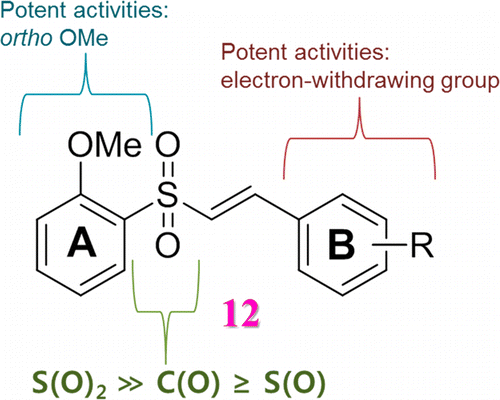Scientists report that they have developed a novel compound that appears to protect mice against developing movement problems associated with Parkinson's disease (PD). The research, which could one day in the future translate into a therapy that could halt the progression of PD and thereby prevent the symptoms of the disease, appears in ACS' Journal of Medicinal Chemistry.
Onyou Hwang, Ki Duk Park and colleagues explain that PD, which affects an estimated 4 million to 10 million people worldwide, is a progressive movement disorder with no known cure. It often starts with slight tremors and gets worse over time. Muscles go stiff. Walking becomes difficult. Speech is slurred. No one knows for certain what causes the disease, but research has shown that it's linked with the loss of nerve cells in the brain that secrete dopamine, a chemical that is involved in movement and emotion. To find a potential new therapy for PD, the research team searched for a way to shield these brain cells.
They made 56 compounds and tested them to see which ones boosted the production of proteins that protect dopamine-releasing neurons from damage. Of those, one, which they call "12g," proved to be the most active. Interestingly, it protected mice from developing PD-like symptoms in one laboratory test. "Taken together, 12g was found to effectively prevent the motor deficits that are associated with PD," they say.
The authors acknowledge funding from the Korea Institute of Science and Technology, the Korea Health Technology R&D Project, the Ministry of Health and Welfare, the Korea Research Council of Fundamental Science and Technology and the National Research Foundation of Korea.
More information: "Discovery of Vinyl Sulfones as a Novel Class of Neuroprotective Agents toward Parkinson's Disease Therapy" J. Med. Chem., Article ASAP. DOI: 10.1021/jm401788m
Abstract
Although the etiology of Parkinson's disease (PD) remains elusive, recent studies suggest that oxidative stress contributes to the cascade leading to dopaminergic (DAergic) neurodegeneration. The Nrf2 signaling is the main pathway responsible for cellular defense system against oxidative stress. Nrf2 is a transcription factor that regulates environmental stress response by inducing expression of antioxidant enzyme genes. We have synthesized novel vinyl sulfone derivatives. They exhibited a broad range of activities in inducing HO-1, whose gene expression is under the control of Nrf2. Among them, compound 12g was confirmed to activate Nrf2 and induce expression of the Nrf2-dependent antioxidant enzymes NQO1, GCLC, GLCM, and HO-1, at both mRNA and protein levels in DAergic neuronal cells. This was accompanied by protection of DAergic neurons in both in vitro and MPTP-induced in vivo models of PD. In addition, compound 12g effectively resulted in attenuation of the PD-associated behavioral deficits in the mouse model.
Journal information: Journal of Medicinal Chemistry
Provided by American Chemical Society





















